Buy this painting The Anatomy Lesson of Dr. Nicolaes Tulp - Rembrandt van Rijn by Accessible Art as a reproduction on canvas, ArtFrame, poster and wallpaper, printed on demand in high quality.
About "The Anatomy Lesson of Dr. Nicolaes Tulp - Rembrandt van Rijn"
by Accessible Art
About the artwork
Rembrandt van Rijn's groundbreaking masterpiece, "The Anatomy Lesson of Dr. Nicolaes Tulp," was painted in 1632. This work was a radical departure from the stiff, formal group portraits of the time, cementing Rembrandt's position as the leading painter in Amsterdam.
The painting depicts the Amsterdam Guild of Surgeons' annual public dissection, with Dr. Nicolaes Tulp, the city's official anatomist, at the centre. He is seen demonstrating the musculature of a cadaver's arm to a group of interested surgeons. Rembrandt transforms a seemingly static scene into a moment of intense psychological drama and scientific inquiry.
Rembrandt's genius is visible in the dynamic, pyramidal composition and his masterful use of chiaroscuro. A dramatic light illuminates the pale corpse and the surgeons' fascinated expressions, bringing them out of the deep, dark background. Each surgeon is depicted as an individual, with a distinct expression of curiosity, concentration, or contemplation, giving the impression of a live event. Dr. Tulp is not looking at his fellow surgeons, but at an unseen audience, emphasizing his role as a teacher. This painting is more than just a group portrait; it is a powerful tribute to the Enlightenment spirit, the pursuit of knowledge, and the mysteries of the human body.

About Accessible Art
Accessible Art is an online shop that is dedicated to making art accessible to everyone without compromising on quality. We offer affordable and high-quality art pieces that have been digitally restored, upscaled, and improved. You can find our curated selection of art on various platforms, including Artheroes.com... Read more…
 Germany
Germany Ordered in November 2020
Ordered in November 2020
 Netherlands
Netherlands Ordered in January 2019
Ordered in January 2019
 Netherlands
Netherlands Ordered in November 2021
Ordered in November 2021
 Netherlands
Netherlands Ordered in January 2024
Ordered in January 2024
 Germany
Germany Ordered in July 2020
Ordered in July 2020
 Netherlands
Netherlands Ordered in March 2022
Ordered in March 2022
 Netherlands
Netherlands Ordered in September 2025
Ordered in September 2025
 Netherlands
Netherlands Ordered in August 2021
Ordered in August 2021
 Germany
Germany Ordered in October 2019
Ordered in October 2019
 Netherlands
Netherlands Ordered in December 2021
Ordered in December 2021
 Netherlands
Netherlands Ordered in December 2017
Ordered in December 2017
 Germany
Germany Ordered in February 2021
Ordered in February 2021
About the material
ArtFrame™
Interchangeable Art Prints
- High-quality print
- Easily interchangeable
- Acoustic function
- Large sizes available
Discover the artworks of Accessible Art
 Wanderer Above the Sea of Fog - Caspar David FriedrichAccessible Art
Wanderer Above the Sea of Fog - Caspar David FriedrichAccessible Art A Moonlit Night over a Chapel and Riders - Albert RiegerAccessible Art
A Moonlit Night over a Chapel and Riders - Albert RiegerAccessible Art Wolves in the Forest in Front of a Cave - Caspar David FriedrichAccessible Art
Wolves in the Forest in Front of a Cave - Caspar David FriedrichAccessible Art Weaverwomen in Cervara - Carl BlechenAccessible Art
Weaverwomen in Cervara - Carl BlechenAccessible Art Gamle Lines Fødselsdag. - Hans Andersen BrendekildeAccessible Art
Gamle Lines Fødselsdag. - Hans Andersen BrendekildeAccessible Art The Nightmare - Henri FuseliAccessible Art
The Nightmare - Henri FuseliAccessible Art A Philosopher Lecturing on the Orrery - Joseph Wright of DerbyAccessible Art
A Philosopher Lecturing on the Orrery - Joseph Wright of DerbyAccessible Art Astronomer Copernicus, or Conversations with God - Jan MatejkoAccessible Art
Astronomer Copernicus, or Conversations with God - Jan MatejkoAccessible Art A Blacksmiths Shop - Joseph Wright of DerbyAccessible Art
A Blacksmiths Shop - Joseph Wright of DerbyAccessible Art Young Man by Candlelight - Christiaen Jansz- DusartAccessible Art
Young Man by Candlelight - Christiaen Jansz- DusartAccessible Art Wheat Field with Cypresses - Vincent Van GoghAccessible Art
Wheat Field with Cypresses - Vincent Van GoghAccessible Art Head of Medusa - Franz von StuckAccessible Art
Head of Medusa - Franz von StuckAccessible Art At the Milliner's - Edgar DegasAccessible Art
At the Milliner's - Edgar DegasAccessible Art Comical Repast (Banquet of the Starved) - James EnsorAccessible Art
Comical Repast (Banquet of the Starved) - James EnsorAccessible Art Young Italian Woman, with ‘Puck’ the Dog - Thérèse SchwartzeAccessible Art
Young Italian Woman, with ‘Puck’ the Dog - Thérèse SchwartzeAccessible Art Daedalus and Icarus - Anthony van DyckAccessible Art
Daedalus and Icarus - Anthony van DyckAccessible Art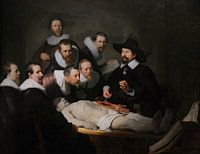 The Anatomy Lesson of Dr. Nicolaes Tulp - Rembrandt van RijnAccessible Art
The Anatomy Lesson of Dr. Nicolaes Tulp - Rembrandt van RijnAccessible Art Children of the Sea - Jozef IsraëlsAccessible Art
Children of the Sea - Jozef IsraëlsAccessible Art Springtime - Maurice DenisAccessible Art
Springtime - Maurice DenisAccessible Art Northeaster - Winslow HomerAccessible Art
Northeaster - Winslow HomerAccessible Art
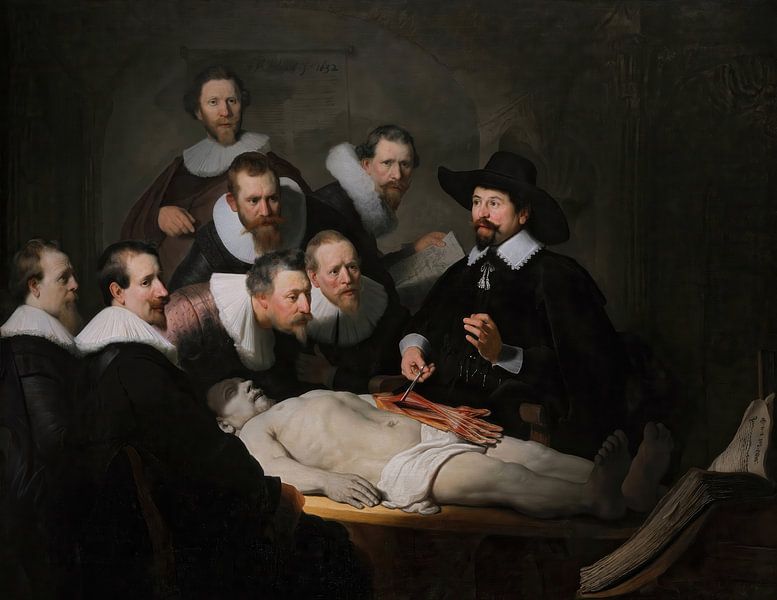

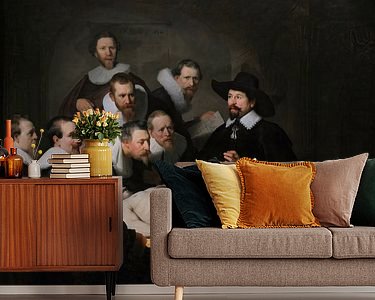
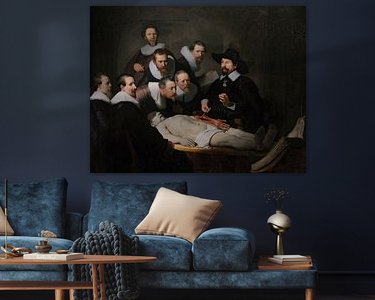


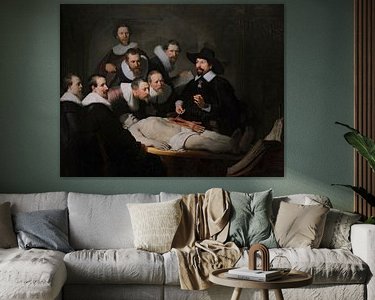

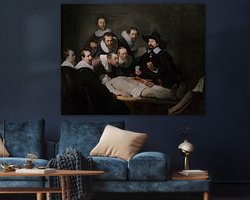
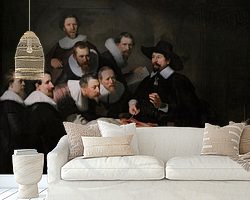
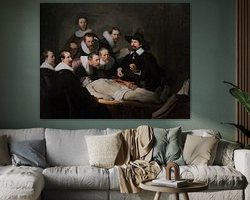
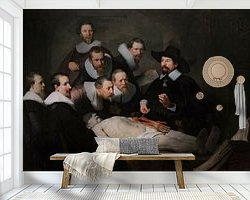

 Dutch School
Dutch School Golden Age
Golden Age Rembrandt van Rijn
Rembrandt van Rijn









